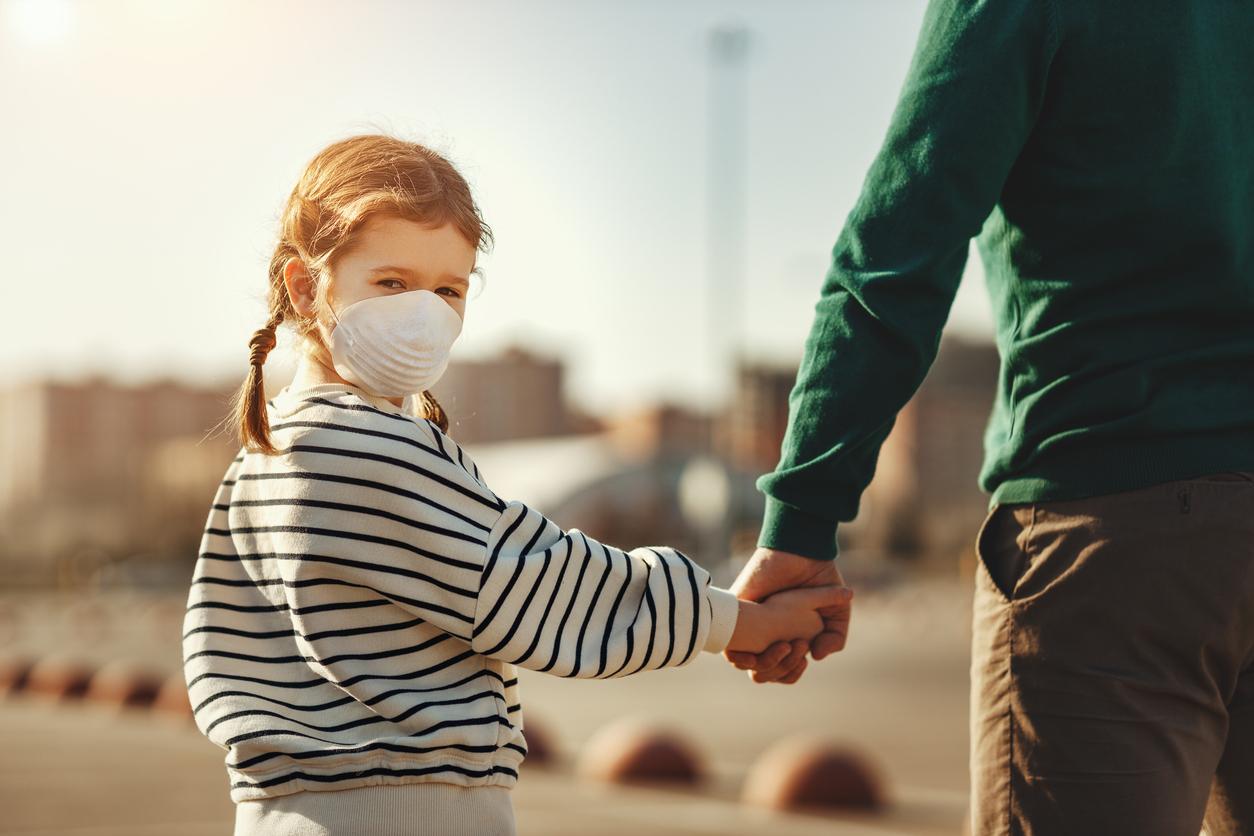
Allergy to pollen
Many people become happy when it gets warmer, the sun shines and the trees and flowers are in bloom. But for others, this is precisely a time of sneezing, sniffling, and watery eyes. They suffer from hay fever.
Hay fever is one of the most common allergies. If you suffer from hay fever, you are allergic to some pollen. Pollen are reproductive cells of grasses, plants and trees. These super small pollen grains float with the wind and spread over many kilometers.
mast cells
On warm, windy days, millions of pollen can float in the air. If the pollen ends up on the nasal mucosa, the eyeballs or in the airways, your immune system reacts to this.
The cells of your immune system produce a substance, IgE, which counteracts the pollen. IgE attaches to the mast cells. Mast cells are the cells that are mainly found in the airways and lungs.
These mast cells contain substances, including histamine, that can neutralize dangerous invaders. When new pollen gets on the mucosa, the IgE releases the mast cell to attack the invaders. This tears the wall of the mast cell and releases histamine. This causes the hay fever symptoms. Hay fever can develop at any age.
Histamine in the body
When our body ingests a foreign substance, for example after a sting from an insect, the mast cells produce histamine. Histamine causes the blood vessels to widen. This allows the waste to be removed and antibodies to be supplied.
The itching and pain that arises is a warning to us. There is something going on in that part of the body. So this histamine reaction is good. With an excessive or unwanted histamine reaction, an excess of histamine is produced. This causes the mucous membranes to turn red and swell.
This also leads to excessive mucus production. This is the case with hay fever. Pollen are harmless to us. Nevertheless, histamine is released to make the ‘invaders’ harmless.
Sneezing and sniffling
Typical symptoms are nose and eye complaints and stuffiness. Hay fever is similar to a cold. Because pollen has ended up in your eyes, histamine is also released there. This causes eye problems. The same goes for the nose. Histamine also attaches to certain nerve endings, causing itching and sneezing.
Characteristics of hay fever are:
- Itchy, burning eyes, which are constantly watering.
- Red and swollen eyelids.
- A runny nose, which turns into a stuffy nose.
- sneezes.
- Fever, tired feeling.
- distress.
- Sometimes cough and sore throat.
- Itchy palate.
hereditary
Hay fever does not come on suddenly. Your mucous membrane becomes more and more sensitive over the years, until it is full and allergic reactions occur. Whether this happens is, among other things, genetically determined. Does one of your parents have hay fever? Then you have a 30 percent chance of getting it. If both parents have hay fever, then the chance of hay fever is 50 percent.
This is not to say that if the parents don’t have hay fever, the children won’t either. In addition, there are also children with allergic parents who do not have allergies themselves.
Origin of the name
Hay fever has nothing to do with fever or hay. The name was coined in 1928 by an English physician, John Bostock. He noticed that the condition, which he himself suffered a lot from, always occurred during the hay season. Because he also felt feverish, he called it hay fever. The medical term for hay fever is pollinosis. It is estimated that 1.5 million Dutch people are affected by it.

















